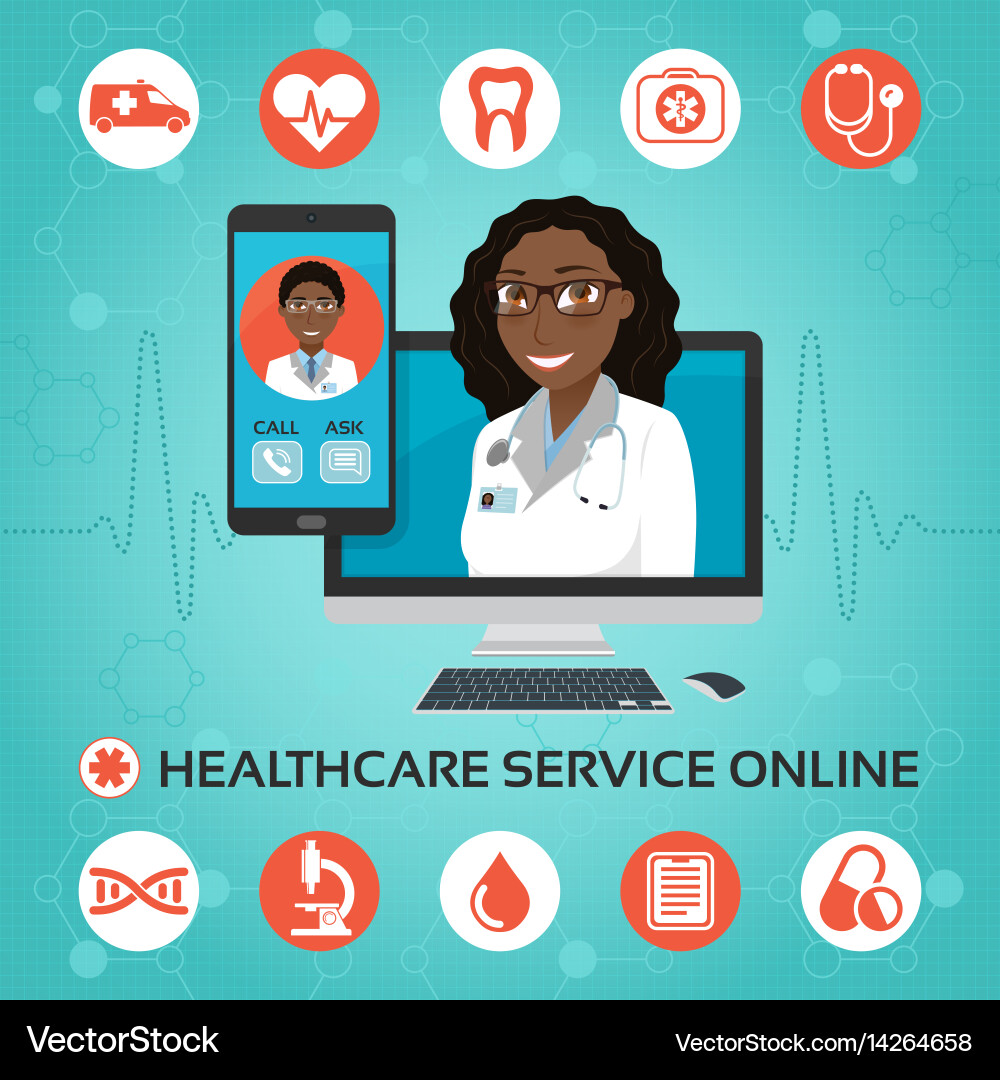Exploring the Growth of Subscription Based Healthcare in the Digital Age
Exploring the Growth of Subscription Based Healthcare in the Digital Age
Blog Article
The Increase of Subscription-Based Medical Care and Its Influence On Patient Treatment
As healthcare progresses, the subscription-based version is obtaining traction, assuring to change client care by using predictability and ease of access. These versions, which bypass traditional insurance, might redefine the patient-doctor dynamic, highlighting individualized and preventive treatment. Yet, as with any type of advancement, they present difficulties, especially concerning fair accessibility for all socioeconomic groups. The potential for these models to improve medical care shipment raises pushing questions concerning their long-term sustainability and inclusivity. Are these subscription services the future of medical care, or do they risk leaving prone populations behind? The complexities of this change warrant a more detailed examination.
Understanding Registration Health Care Designs
Comprehending the concept of subscription health care versions includes taking a look at a transformative method to medical services that highlights cost and availability. These versions, usually referred to as straight main treatment (DPC) or concierge medicine, have actually emerged as cutting-edge options to conventional fee-for-service healthcare systems. Membership healthcare allows individuals to pay a set monthly or annual cost for a specified collection of medical solutions, which might include unlimited office gos to, regular exams, and fundamental lab tests, without the requirement for standard insurance policy invoicing.
The structure of subscription healthcare versions is developed to enhance person care by getting rid of third-party payers and intricate invoicing codes, therefore reducing administrative burdens. Healthcare carriers can focus more on individual treatment, fostering stronger patient-provider connections. This model also advertises preventative treatment by encouraging regular visits, as the economic obstacle of per-visit charges is eliminated.
The subscription design frequently empowers health care service providers to manage smaller client panels, permitting even more customized treatment. It straightens monetary motivations with patient wellness results, as companies are motivated to keep client fulfillment and well-being. In general, understanding subscription health care models requires identifying their potential to improve how care is delivered and accessed.
Advantages for Providers and clients

For service providers, subscription-based versions offer the chance to deepen patient-provider partnerships. With a steady income stream, medical care professionals can commit more time to each person, resulting in an extra detailed and customized treatment experience. This model also minimizes reliance above patient quantities, minimizing burnout and enhancing task fulfillment. Moreover, the focus on preventative treatment within registration strategies can result in much better individual end results and minimized long-term health care costs. By concentrating on continuous treatment, service providers can resolve problems prior to they rise, eventually benefiting the medical care system as a whole by lowering the burden on emergency situation and intense treatment solutions.
Worries and challenges
While subscription-based medical care designs existing countless benefits, they also come with a set of challenges and issues that need Get the facts to be dealt with. This raises moral inquiries about equitable accessibility to healthcare services.
Financial sustainability of subscription-based designs is one more problem. Providers should balance the fixed revenue from registrations with the variable expenses of healthcare services, which might rise and fall because of unforeseen clinical needs. This can produce stress to limit solutions or boost fees, potentially influencing patient contentment and care quality.
Furthermore, regulatory oversight of subscription-based healthcare versions is still developing. Resolving these challenges is crucial for the successful and fair application of subscription-based health care.
Effect On Patient-Doctor Relationships
One significant influence of subscription-based health care versions on patient-doctor partnerships is the potential for enhanced continuity and individualized treatment. By taking on a subscription design, medical professionals can take care of a smaller sized person panel, allowing for even more committed time with each person. This increased accessibility cultivates a much navigate to this site deeper understanding of a person's case history, way of life, and choices, making it possible for extra more info here tailored therapy strategies and interventions.

However, it is necessary to identify that while subscription-based designs may benefit those who can afford them, they can unintentionally widen medical care differences. People who are not able to take part in these models could experience decreased access to customized care, possibly impacting their relationships with doctor. Hence, while the membership model provides promising benefits for patient-doctor partnerships, it also postures obstacles that require to be addressed to guarantee equitable medical care gain access to.
Future of Healthcare Access

The duty of technology can not be forgotten in this improvement. Telemedicine systems and digital health records help with smooth communication between individuals and medical care service providers, damaging down logistical and geographical barriers. Furthermore, improvements in expert system and data analytics can further personalize healthcare by forecasting client needs and maximizing therapy strategies.
However, the future of health care access also presents difficulties, such as ensuring equity across different socio-economic groups. Policymakers and healthcare service providers have to work together to link the digital divide, making sure that subscription-based models stay inexpensive and comprehensive. As these systems mature, they hold the pledge of making healthcare extra obtainable, reliable, and patient-centric.
Final Thought
Subscription-based health care models are reshaping individual treatment by supplying a steady cost structure and enhancing accessibility. The surge of subscription-based medical care encourages proactive patient engagement, which has the potential to boost person end results and contentment, signifying a transformative change in medical care shipment.
As health care develops, the subscription-based model is obtaining grip, guaranteeing to reinvent individual care by offering predictability and accessibility.Subscription-based medical care versions use distinct benefits for both people and providers, boosting the general healthcare experience.As medical care systems progress, the future of healthcare access regularly hinges on the assimilation of ingenious models and technologies.Subscription-based medical care designs are reshaping person care by providing a steady cost framework and improving access. The increase of subscription-based healthcare motivates proactive person engagement, which has the possible to improve individual outcomes and contentment, indicating a transformative change in health care distribution.
Report this page